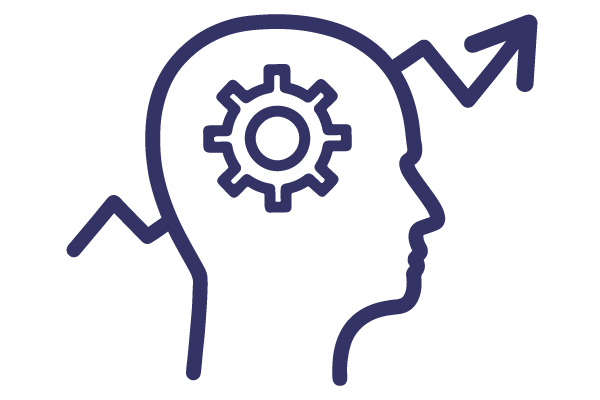Teaching and Learning Activities (TLAs)
TLAs are activities which aimed at activating the action verbs used in the ILO's. As its name suggests, TLA include what the teacher does (teaching activities) and what the student does (learning activities). In learner-centered course, selecting teaching and learning activities should not be a random process. The activities we choose should be intentional & meaningful: activities which align with our ILOs and will help stud ents to attain the intended learning outcomes. These activities can be teacher-managed, peer-managed or self-managed.
- Large Teaching & Learning Innovation Projects (L-TLIP)
- Blended Learning & MOOC Blended Learning & MOOC
- Teaching and Learning Innovation Projects Teaching and Learning Innovation Projects
- Education and Generative AI Fund Education and Generative AI Fund
- UGC's Strategic Grants
- The Academy of Education Excellence (AEE) The Academy of Education Excellence (AEE)
- HKUST eLearning Strategy
- eLearning Workshops
- New Faculty Program New Faculty Program
- Our Strategic Alliances
- Generative AI & Education Generative AI & Education
- Augmented and Virtual Reality
- Blended Learning Blended Learning
- Graduate Teaching Assistant Program Graduate Teaching Assistant Program
- Experiential Learning
- Teaching and Learning Symposium
- Gamification & Game-based Learning
- Seminars & Workshops
- MOOC MOOC
- Learner-centered Course Design Learner-centered Course Design
- Online Teaching - Real-time Online
- Online Teaching - Mixed Mode Teaching
- People
- News
- Contact Us
- Institutional Learning Technologies
- Active Learning Tools and Proposed Usage
John Biggs (1999) suggested the following points of guidance for planning teaching strategies:

Sound knowledge is based on interconnections – connecting new learning with old. Encourage students to create conceptual structures which integrate their new and old learning.

Develop meta-cognitive skills by being explicit about learning and maximising students’ awareness of their own knowledge construction through structured reflection.

Plan learning activities that actively involve students. Activity heightens arousal and makes performance more efficient.

Incorporate explicitly stated study skills into learning, and if necessary, provide support for developing skills, for example in teamwork.

Consider how information technology can support learning and teaching.
References
Angelo, T.A. & Cross, K.P. (1993). Classroom assessment techniques: A handbook for college teachers (2nd ed). San Francisco: Jossey-Bass Biggs J (1999)Teaching for Quality Learning at University.Philadelphia, PA: Open University Press

